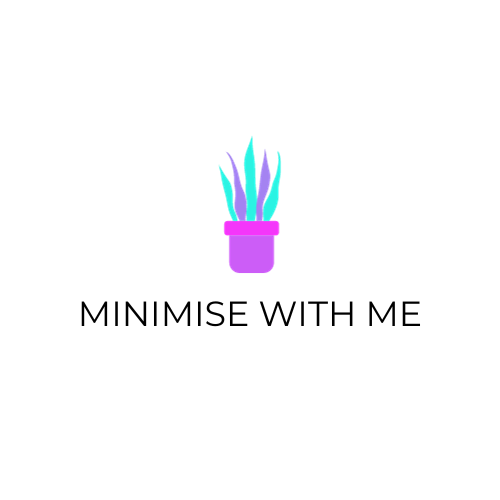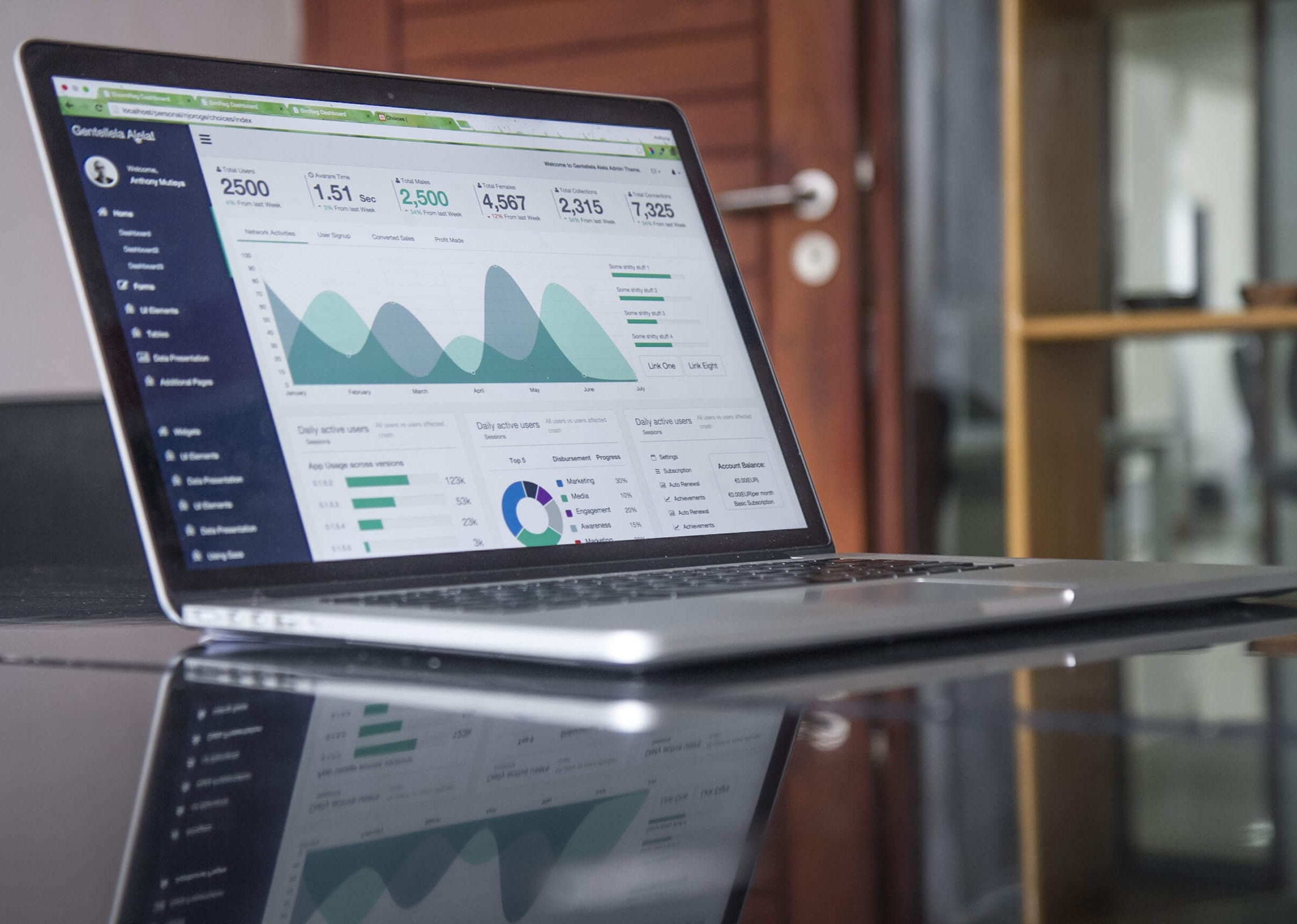There is no faster ticket to financial freedom than being debt-free. Having debt can weigh us down and keeps us stuck, making it difficult to make the changes we want to in life for the better.
When we are in debt, more of our money goes to covering past decisions rather than funding future opportunities.
When you don’t carry debt, you free up your hard-earned money to put towards the things that truly add value to you such as, adding to your retirement savings, saving for a goal that is important to you or changing to a new career that you are passionate about but that involves taking a pay cut.
Several years ago, I came across the Debt Snowball Method for reducing your debts, being just one of numerous debt repayment methods.
I’d always considered focusing on the interest rate the smart way to go about debt repayment. It seemed more financially savvy to me to focus on the dollars involved and the interest saved.
But since discovering this method of debt repayment, I could also see the benefit in paying off debts from the lowest to highest balance over-focusing on the interest rate or dollars saved.
It is really a personal preference, personal finance is just that, personal!
Benefit of the Debt Snowball Method
The main benefit of the Debt Snowball, is that this debt repayment method is designed to give you ‘quick wins’ when it comes to your debt as you focus on paying as much as possible onto the lowest debt until it is paid off. This is a great debt repayment method for people who have a number of debts with different balances and who need that little extra reward when it comes to sticking out their financial goals.
Paying off debts is a hard slog. When you see how many years and repayment periods are left on your debt, it may seem like there is no light at the end of the tunnel and you may feel like you will be stuck paying those debts off indefinitely.
The key to the Debt Snowball is building momentum. Building new habits is tough and we often need instant rewards in order to keep us working towards our goals and that is why this debt repayment method can give us the small financial wins that we need to stay motivated when paying off debt!
When we want to lost weight we join a gym and closely watch the scales. It can be hard to stay motivated when those scales don’t budge in the beginning. When you finally lose that first kilo, it feels amazing! And all your effort starts to feel worth it. The small win, helps you stay focused and feel more determined on your weight loss journey.
Can you imagine trying to lose weight if you didn’t notice any benefits for 6 or 12 months? This is why the Debt Snowball can be so effective at helping you get on top of your debt. It focuses on knocking down the smallest and easiest debts to tackle first. With each debt repaid, you can see your progress a lot sooner than if you attempted to pay out a much larger debt.
There are no short-term solutions to paying off debt. It is likely going to be a slow and difficult journey but one that will be well worth it!
Imagine all the things you could be doing with your cash if you were debt-free:
Buying your first home, being able to finally take that dream holiday, starting your own business or investing for your retirement. These goals will be easier to fund once you get your lingering debt out of your life!
Keep these dreams at the forefront of your mind! If you have a partner, discuss what your dreams are together. Maybe you have the same dream, maybe they are different. But these dreams are going to be the motivation you need to keep going when things get hard.
>> If you like this post, you’ll love: “10 Easy Tips Save Money Groceries Budget“<<
But just before you dive into how to start your Debt Snowball I want to talk about something that is extremely important for your financial journal and a must before starting your Debt Snowball – the importance of building an Emergency Fund!
BUILDING AN EMERGENCY FUND
Before attempting to Snowball your debts you need to save an Emergency Fund. This will be a financial buffer for any financial emergencies that pop up whilst you are paying off your debt. It’s critical to have an Emergency Fund as you can’t pay off your debt whilst you are still living off your credit cards and adding to your debt. We don’t want to keep digging a hole for ourselves while we are trying to pay it off. You’re just going to end up back where you started and finding the whole process slowly destroying your original motivation to get on top of your debt.
Many finance experts recommend having an Emergency Fund between $2,000 and 3-6 months of expenses. I recommend having a starter Emergency Fund of at least $2,000 or ideally one month’s expenses set aside for financial emergencies at a minimum. This is a reasonable savings buffer to help you in times of emergency to put out any financial fires that come up whilst you are paying off your debt.
Of course, some of you may not feel comfortable with such a small Emergency Fund, so if that is you, you can certainly bump that up to 3-6 months’ expenses. But you do need to weigh up how much you want to set aside. It doesn’t make much financial sense to save a huge amount earning 1% in interest when you are paying 22% interest on your credit cards! That money is going to serve you better by paying down your high-interest debt!
Do what it takes to save up your Emergency Fund quickly so you can start paying down your debt as fast as possible. Ensure that your Emergency Fundis only used for emergencies. If you need to replace a tyre or you have a dental emergency, the money will be there for you. Just be sure to save up and top up your Emergency fund again as soon as possible!
Once you have saved your Emergency Fund you can move onto your Debt Snowball.
Check out these 40 Side Hustles to Help You Pay Off Your Debt Quicker!
THE DEBT SNOWBALL
With a small amount of planning, you can be well on your way to paying down your debt.
Please remember, this is just one of many debt elimination strategies so you don’t have to use this approach to pay off your debt if it doesn’t resonate with you.
Here are the four steps to use the Debt Snowball Method.
Step One:
Write down all your current Consumer Debt (Exclude your mortgage) in an Excel worksheet or on a piece of paper. Go back to your loan paperwork, online banking, or credit card statements and work out what your current debt balances are for all outstanding debts as of today.
Then, take note of what Interest Rate you’re paying and your monthly Minimum Repayment.
For the Australians out there, getting a current HELP loan debt statement is not possible as these are only sent out annually with your tax return. Instead, enter the HELP balance that was on your most recent Tax Assessment paperwork and make a note to update this when you get your next one.
Step Two:
Once you have written all your debts down, number them from 1, 2, 3 and so on from the smallest balance to the largest. Debt Number 1, the smallest debt balance will be the one that you are going to pay off first and attack with your Debt Snowball first. The last debt will be the highest debt balance.
Work out based on your budget, how much extra on top of the minimum repayments you can afford to put on your smallest debt for that month. If your lowest debt has a minimum monthly repayment of $25 and you can spare another $100 a month, start paying the $25 minimum repayment plus the additional $100 repayment, or whatever it is that you can afford.
Continue to pay Debt Number 2, 3 and so on as minimum repayments. Continue to do this until Debt Number 1 is fully paid off. Be sure to utilise any additional income, such as bonuses or tax refunds to go towards your debt. We want to make sure we are throwing every dollar we can at our debt! If you were under budget for the month, you can add that extra money as an additional top-up payment on your Number 1 debt to help you knock it down even faster.
Step Three:
Once your smallest debt is repaid, take the minimum payment for Debt Number 1, in the example above, that would be $25 a month, and add your additional repayments of $100 a month and add this to the minimum repayment for Debt Number 2 – your second lowest debt.
This means you will now be paying a much larger amount on your second debt – saving you significantly in interest and getting you to your debt-free goal much quicker. If your monthly repayments for Debt Number 2 were $40 you will now pay the minimum amount of $40 plus the $25 and $100 you were using to pay off debt number 1. In effect you are building a ‘snowball’ of your repaid debt repayments! Continue to do this until debt number two is paid.
Step Four:
Continue to do this for each of your debts in the snowball until the last one is paid off. For each new debt paid off, you will be taking the past minimum repayments plus your additional repayment and carrying it forward to the next debt in your snowball. Like a snowball, the repayment for each will grow and pay off a bigger chunk of each debt as it grows and moves to your next biggest balance.
Debt Snowball Worksheet
In order to help you keep track of your Debt Balance and Debt Snowball Repayments, I have created a Debt Snowball Worksheet so you can keep all your Snowball info: Current and Closing Balance, Interest Rates, Minimum Repayments and your Snowball Repayment in the one place.
It will help you to create a monthly budget so you can pre-plan how much you have to pay towards your Debt Balances and will calculate your Debt Free Date each month so you know when you will be debt-free!
Check out the Debt Snowball Worksheet to help you to track your Debt Free Journey and motivate you on your Debt Free Journey!

STOPPING THE DEBT CYCLE
Here are some tips to help you stay out of debt and to help you get to your debt-free journey sooner:
- If you can’t afford it, don’t buy it. This one may seem obvious, but in 2020 the 6 million active Buy Now Pay Later Users (Source: RBA) in Australia haven’t got this memo. If you are using credit cards, whatever you are buying you are likely paying 20% or more in interest each month whilst that amount remains unpaid. Does that sale price look so good now?
- Cut up your credit cards. If you are the kind of person that can’t resist a good deal, you can’t pay your credit card off in full each month it might be time to cut those cards up or hide them away until you have got your finances under control, where you can afford to pay them off in full each month.
- Start setting goals! It can be easier to part with your hard-earned cash when you have no plan or goals for your money. Having a goal can help you keep that goal top of mind and help you when making purchasing decisions. You can ask yourself, do I really want this extra pair of shoes I don’t need or do I want to keep that money for my holiday?
- Learn to be content with what you have. Do you really need a brand new $35k car on finance when your current car works perfectly fine? Are you willing to pay x dollars every month for the next 60-plus months? In good times and bad – when you are unemployed, when you are trying to live on one income when you decide to cut back hours at work to study for a new career – that debt is going to still be there!
- Avoid shopping! It’s surprising how little you spend when you avoid going to the shops unnecessarily. If you have endless emails from clothing shops or stores that tempt you unsubscribe from them as well. Instead of going shopping, meet a friend for coffee, read a book, watch a movie. There are plenty of hobbies that are much cheaper and more valuable uses of your time.
Minimise With Me Financial Coaching
If you are still struggling with paying off your debt and staying motivated on your debt-free journey, consider hiring a Financial Coach to help you achieve your financial goals. You can check out Minimise With Me Financial Coaching Services here for more information on how you can start spending your money with intention so you can spend your money with intention.

For tips on how you can save more money to help free up cash for your Debt Snowball check out 11 Everyday Tips to Save Money.
How would you feel if you were debt-free? How would it change your life? Let me know in the comments below 🙂




